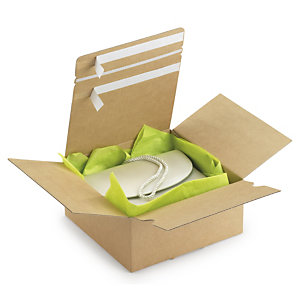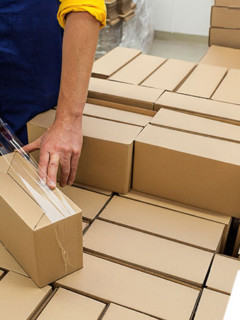Above all, many are the unknowns that open up for this new normality that has been established with the coronavirus pandemic. However, there is already an undeniable certainty, fostered by the imposition of social distancing measures, and which is here to stay: the growth of online sales. Firstly, this event makes consumers choose to do their shopping, more comfortably and without taking risks, through their computers, tablets and smartphones. Thus, for e-commerce, this represents a double challenge:
- The satisfaction of growing demand, in a problematic context, for the development of a fluid working activity, and with difficulties in the supply of materials and logistical routes;
- The respect for specific safety and hygiene measuresin the production, preparation and delivery of goods to minimise the risk of contagion for employees, carriers and customers.
At RAJA we want to be at your side, both to provide you with all the packaging products, which your business needs in this complex period, and to help you face these new challenges. So, read on and answer the questions on packaging and order management during the COVID-19 crisis.
E-commerce and coronavirus: what awaits us in the coming months?
Currently, and after going through several phases that mark the behaviour of societies in the fight against disease, we see our lives returning to normality. In order to see ourselves involved in a new beginning, we are marked by a permanent concern for health, the maintenance of hygiene habits and a preference for online shopping. All this to avoid overcrowded spaces, possible sources of spreading the virus, but also with the aim of accessing products sold out in physical establishments that are available in direct negotiation with the producer.
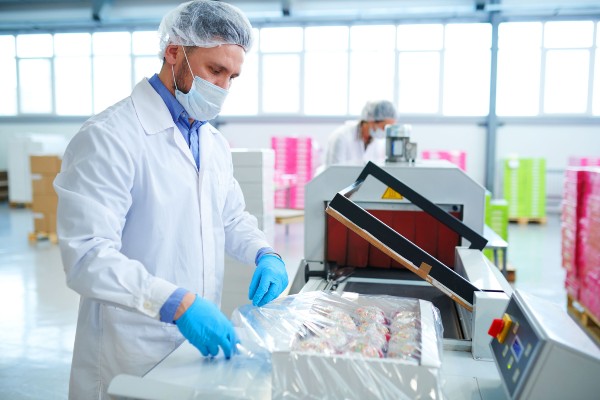
But after all, how is the implementation of containment measures reflected in e-commerce? The first data already point us to some keys:
- Thepurchase of food products online, had a great growth during the pandemic. According to Nielsen data , spending on online purchases of so-called Fast Moving Consumer Goods (food products, cleaning materials and personal care) increased sharply from previous years;
- In mid-March 2020, Amazon announced the hiring of 100,000 new workers in the United States to meet the expected increase in sales. A month later, it announced the addition of another 75,000 employees, as well as improved employee salaries.
Thus, this fact, also ends up being reflected in the packaging sector. According to FEFCO (European Federation of Corrugated Board Manufacturers) there will be no shortage of corrugated board to supply industries in the food, pharmaceutical or medical equipment sectors. On the other hand, the Association of Logistics Operators of Eco-sustainable Reusable Elements (ARECO) reported that in the second half of March, 2020, the demand for reusable boxes for the distribution of fresh produce also had a large growth.
E-commerce best practices during COVID-19
For businesses that have an e-commerce business, maintaining activity throughout this period requires changes in the way work is organised. It is still necessary to take into consideration the following good practices in your e-commerce:
1. protective measures in the preparation of orders
The order preparation area must have the basic products for the hygiene and safety of your employees:
- Accessories for frequent hand washing, with water and soap or with hydroalcoholic solutions, and disposable tissues;
- Personal protective equipment, including disposable gloves that must be renewed frequently. In relation to masks, their use is not essential if the type of work does not require it and if a minimum distance of two metres between people is maintained;
- The signposting of spaces using technical adhesive tapes. For example, which are stuck on the ground to delimit the movement zone of each worker.
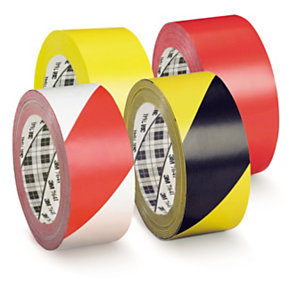 2. Updating the terms of service on the website
2. Updating the terms of service on the website
Lack of supply, distribution restrictions or reduced availability of manpower forcibly affect the service of an e-commerce site. Therefore, inform your customers through prominent messages on the homepage of your website and on the product pages of:
- The availability of the different items;
- The expected delivery time and whether there may be any delays;
- The security measures in managing the orders and also the shipping protocols for each package;
- The option of receiving a refund if the products are not available within a certain period;
- The conditions of return and application of guarantees;
- An excellent tool to keep in contact with your customers and, at the same time, communicate news related to your e-commerce are the newsletters.
3. Choice of packaging that simplifies distribution
The activity of the Post Office and the main transport companies have been greatly affected in recent times.
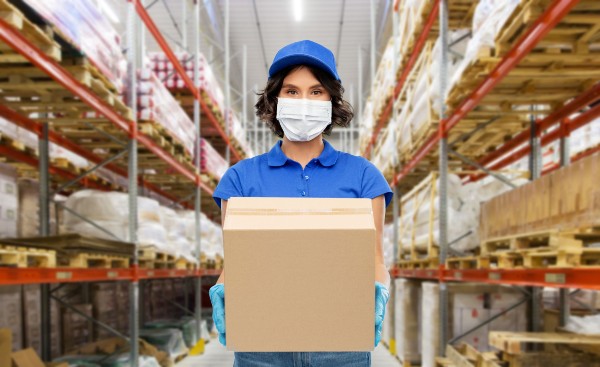
E-commerce companies should look for the most suitable solution for their business, in order to facilitate the carriers’ task. For example, some useful tips:
- Reinforce the protection of your products with bubble wrap, filler chips or kraft paper, to avoid damage during transport;
- As far as possible, place orders in envelopes. In this way distributors can deposit them in the letterboxes, without having to maintain any physical contact with the recipient and so that they can make their distribution route more quickly.
4. Use packaging that facilitates returns
Eventually, a large number of consumers always end up wanting to return products they have purchased online. To once again make things easier for both individuals and shipping companies, send your products in packaging that simplifies return logistics. For example, take a look at RAJA’s ‘return’ boxes.
5. Presentation still matters … and perhaps more than ever before
Above all, dialoguing with your customers through a spectacular presentation of your orders is more important today than ever. So it is also quite important that you think about EcoResponsible packaging, or include personalised notes with incentive messages, to pamper the relationship of trust between your brand and your customers.
6. Safety rules for home delivery
Finally, a series of preventive measures must be taken into consideration in the last link of the e-commerce chain: home delivery. We therefore give you some recommendations:
Tips for transporters
- Always place parcels in the letterbox, unless they do not fit or are for exclusive delivery to the recipient;
- Ring the bell and take a few steps back before and wait for the other side to open the door;
- Leave the package on the floor or counter, respecting the safety distance;
- Work alone, travelling only one transporter per vehicle and always disinfect the space.
Tips for consumers
- Wait a few seconds before opening the door so that whoever is going to deliver the package has room to leave;
- Choose to pay online, at the time of purchase, or if you have to pay on delivery, pay by card or mobile app;
- Wait for the carrier to leave to pick up the package and introduce it at home;
- To remove the products, open the package, wash your hands, remove the products. Then, discard the package and sanitise your hands again before handling the products. Finally, carefully clean the surface on which the package was placed.
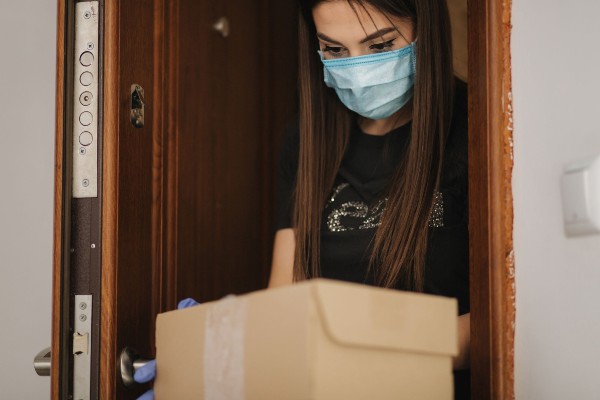
In short, RAJA is a 100% operational packaging provider, now and always. At RAJA we are aware of the role that packaging plays during this pandemic. That is why we have taken all the necessary precautions to continue to make it possible for packages to be shipped.
When it comes to preparing your orders, ask us all you need to know. We will help your e-commerce to continue to function successfully. Contact us on 707 788 088, our specialists will be happy to help you!











